Should You Buy Bonds Now? What To Consider
The fixed-income market has been turned on its head in recent years, but there are still opportunities for those looking to buy bonds again.

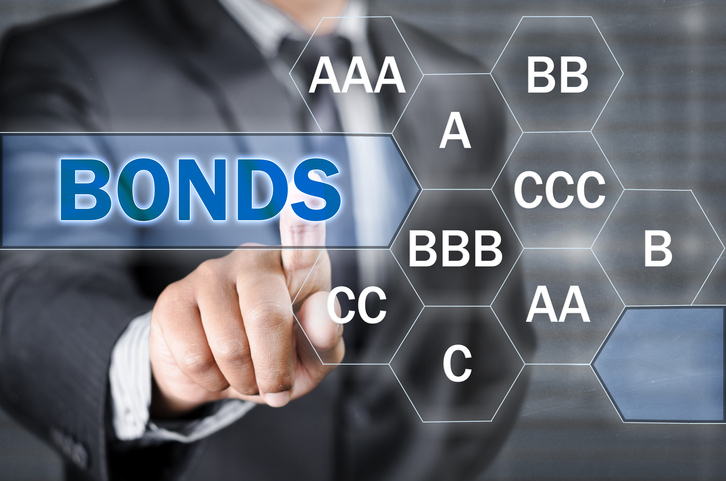
The interest rate environment changed dramatically – and quickly. So is now the time to add bonds to your portfolio? It's not an easy call.
First, a little history. For a decade or so, owning bonds with maturities of five, 10 or 20 years made little sense. For the 10 years ending in June 2022, the yield on a 10-year Treasury was nearly always less than 3% – well below that of the stocks of the Dow Jones Industrial Average. Even investment-grade corporate bonds were paying paltry interest.
In March 2020, as COVID-19 swept the world, economies slowed drastically, and investors stampeded for safety. The 10-year Treasury briefly touched an all-time low yield of 0.32%. Since then, businesses and individuals started to borrow again, government deficits soared, and inflation reared its ugly head.
From just $107.88 $24.99 for Kiplinger Personal Finance
Become a smarter, better informed investor. Subscribe from just $107.88 $24.99, plus get up to 4 Special Issues

Sign up for Kiplinger’s Free Newsletters
Profit and prosper with the best of expert advice on investing, taxes, retirement, personal finance and more - straight to your e-mail.
Profit and prosper with the best of expert advice - straight to your e-mail.
To dampen price increases, the Federal Reserve raised short-term interest rates 11 times between March 2022 and July 2023, from 0.25% to 5.5%. Longer-term rates also rose, but more slowly. By the end of September, the 10-year Treasury was yielding 4.59% and the 20-year, 4.9%. In other words, you earned less interest from a long-term bond than one that matured in just six months or a year.
Such a phenomenon is called an inverted yield curve, and it's the market's way of saying that higher rates in the near term are going to slow the economy and pare inflation later on. That's a good bet, but it causes a dilemma for investors.
A recurring challenge for bond investors
A bond, certificate of deposit or investment in a money market fund is a loan. You cast your bread upon the waters of the debt market, and in return receive interest from the borrower (government, corporation, bank) and, in nearly all cases, get your original money back.
Usually if the payback time (or maturity) is short, you are paid less in interest because your risk is lower. Today, however, you get more interest. The problem is that after the bond or CD matures in a year or two or five, you will probably want to roll it over or invest your principal again in another bond. And that bond may be yielding less – perhaps far less. What about the long end of the yield curve? If you like the rate on a 20-year bond, should you take the plunge now, or should you wait, betting that yields will rise even more?
Because no one – and I mean no one – knows where interest rates are going, it's a good idea to modulate your bets. One way to do that is to buy intermediate-term debt. Consider a five-year CD from a bank, for example. Barclays is offering FDIC-insured certificates paying 4.5%.
A Treasury note maturing in 2030 yielded 4.61% at the end of September. You can buy Treasuries on the market through a broker or straight from the Treasury during its frequent auctions at TreasuryDirect.gov. A medium-term bond fund linked to an index recently yielded about 5%.
As you mull your options, here are warnings to make your life easier and safer. First, stay away from owning individual corporate, municipal or international bonds unless you know a trusted broker who specializes in debt. The terms tend to be complex and vary widely.
I would also avoid high-yield bonds, the debt of less creditworthy companies, even in the form of mutual funds and exchange-traded funds. The spread, or difference, between such bonds and those of Treasuries with similar maturities is dangerously low – in fact, below historical averages. The market is saying, Don't worry. There's no recession ahead, and even shaky businesses will be able to pay their debts. But I'm not so sure.
A portfolio of IOUs
Bond funds are portfolios of debt assets. These assets can be bought or sold by managers. Even in the case of index funds, bonds (unlike stocks) mature and need to be replaced. Funds own a mix of maturities and types of bonds, so check the composition of the portfolio by consulting a data provider, such as Morningstar, or the issuing company.
Also, beware of high expense ratios. With a stock fund, sending 1% to the manager may reduce your annual return by one-tenth, but with a bond fund, 1% in expenses currently cuts your yearly gross profits by one-fourth or one-fifth.
An excellent choice is the Vanguard Intermediate-Term Bond (BIV), an ETF with an expense ratio of just 0.04%. The fund has a yield of 5.1% and a portfolio split between Treasuries and corporates. All the bonds are investment grade – that is, rated BBB or higher. Roughly three-fifths of the portfolio is rated AAA, the highest category for two of the principal bond ratings agencies, Standard & Poor's and Fitch.
The average maturity of the fund's bond holdings is 7.2 years, and the average duration is 6.3 years. Duration is a term that indicates how much the price of a bond moves when interest rates change. In this case, if rates were to rise by one percentage point, the value of the fund's portfolio would fall by 6.3%.
It may be counterintuitive, but the price of a bond falls as interest rates rise. Say you buy a 10-year bond carrying a rate of 4% when it's issued. In a few years, rates for newly issued bonds that are similar rise. If you try to sell yours, you will take a loss. That's because investors won't want to own a 4% bond when they can buy one paying, say, 5%. In order to sell your bond, you'll have to lower the price, and the longer the maturity, the bigger the loss. Of course, if rates on new bonds fall, then your higher-yielding bond is worth more.
Another attractive choice is the SPDR Portfolio Aggregate Bond (SPAB), an ETF with an expense ratio of 0.03% and a yield of 4.75%. The portfolio is similar to that of the Vanguard fund – a mix of Treasuries and investment-grade corporates, all with a slightly longer average maturity of 8.71 years.
My final recommendation is a managed mutual fund, the Fidelity Intermediate Bond (FTHRX). The expense ratio is much higher, at 0.45%, but the management team has proved its mettle over many years. The fund's yield is 4.96%, with a low-risk portfolio. The fund has returned 2.12% over the past 12 months as rates have shot up – an impressive performance that puts it in the top 5% of Morningstar's Intermediate Core Bond category.
Perhaps you're wondering if you should own bonds at all. My emphatic answer is yes. Own them not because you think you'll make a killing in capital gains if rates fall. Own them because 5% is a juicy return. It could go higher. Or lower. But a steady 5% adds needed ballast to any portfolio, especially at a time when the S&P 500 can return 29% one year (as in 2021) and lose 18% the next.
James K. Glassman chairs Glassman Advisory, a public-affairs consulting firm. He does not write about his clients. He owns none of the securities mentioned here. You can contact him at JKGlassman@gmail.com.
Note: This item first appeared in Kiplinger's Personal Finance Magazine, a monthly, trustworthy source of advice and guidance. Subscribe to help you make more money and keep more of the money you make here.
Related content
Profit and prosper with the best of Kiplinger's advice on investing, taxes, retirement, personal finance and much more. Delivered daily. Enter your email in the box and click Sign Me Up.

-
 6 Champagne Problems Successful Retirees Face
6 Champagne Problems Successful Retirees FaceWhat do you do if your biggest financial threat is simply having too much of a good thing — money?
-
 Congress is Set for a Busy Winter
Congress is Set for a Busy WinterThe Kiplinger Letter The Letter editors review the bills Congress will decide on this year. The government funding bill is paramount, but other issues vie for lawmakers’ attention.
-
 A Portfolio Checklist If You're Planning to Retire in 2027
A Portfolio Checklist If You're Planning to Retire in 2027Are you planning on retiring in 2027? This portfolio checklist will help put you on the right path.
-
 Don't Trade After-Hours Without Reading This
Don't Trade After-Hours Without Reading ThisAre you a night owl or an early bird with a yen for active trading? Before you transact after-hours, consider these tips and potential traps.
-
 A Contrarian Approach Pays Off for This Bond Fund
A Contrarian Approach Pays Off for This Bond FundThe Dodge & Cox Income Fund has outperformed in 2025 thanks to its managers' fearless approach.
-
 Where to Stash Cash as Yields Fall, According to Advisers
Where to Stash Cash as Yields Fall, According to AdvisersYour best options depend on how soon you'll need the money and your tolerance for risk.
-
 My Top 10 Stock Picks for 2026
My Top 10 Stock Picks for 2026Each year, we ask an expert to pick 10 stocks that have the potential to beat the market over the next 12 months. Here are his choices for 2026.
-
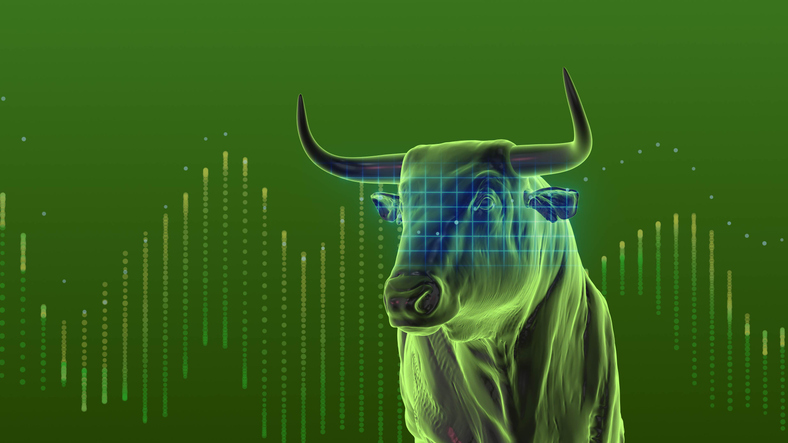 We're Still Bullish on Stocks
We're Still Bullish on StocksWe're still bullish on stocks for 2026, but now is the time for investors to pull in their horns and dial down risk.
-
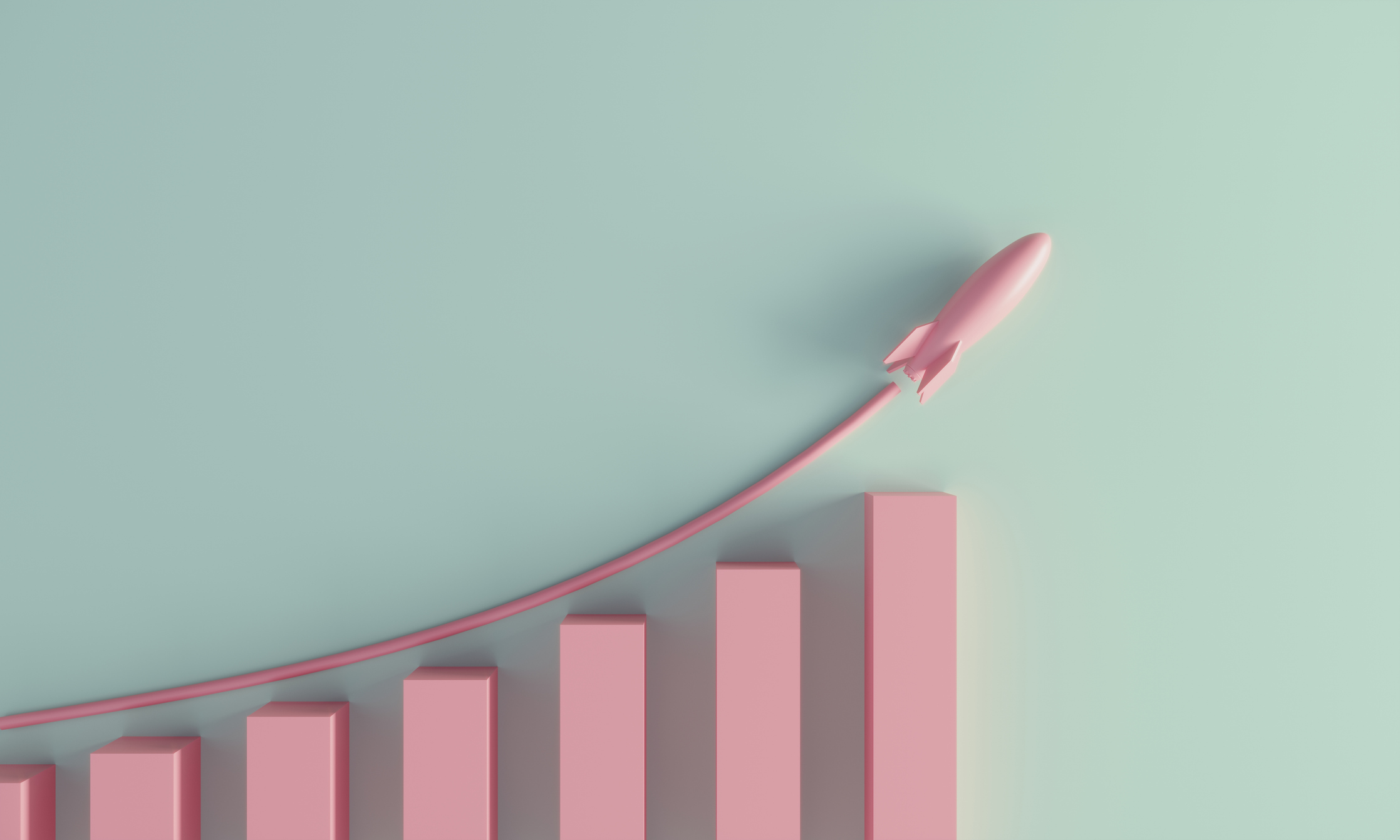 Stocks That Could Take Off in the New Year
Stocks That Could Take Off in the New YearThere are three areas of potential in the 2026 stock market.
-
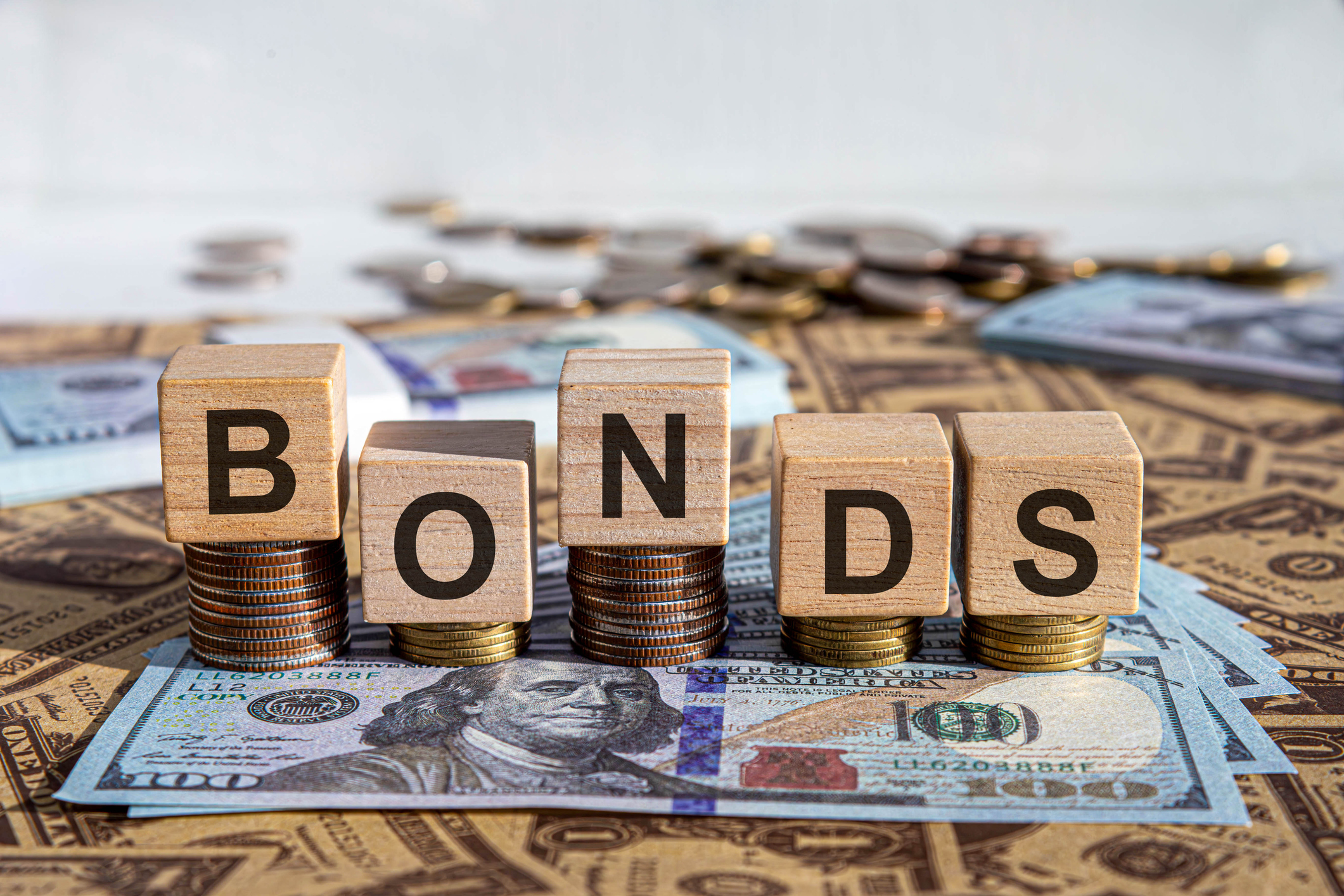 Changes Are Coming for This Invesco Bond Fund
Changes Are Coming for This Invesco Bond FundThe Invesco BulletShares 2026 Corporate Bond ETF's bonds will mature in 2026. Here's what investors should do.
-
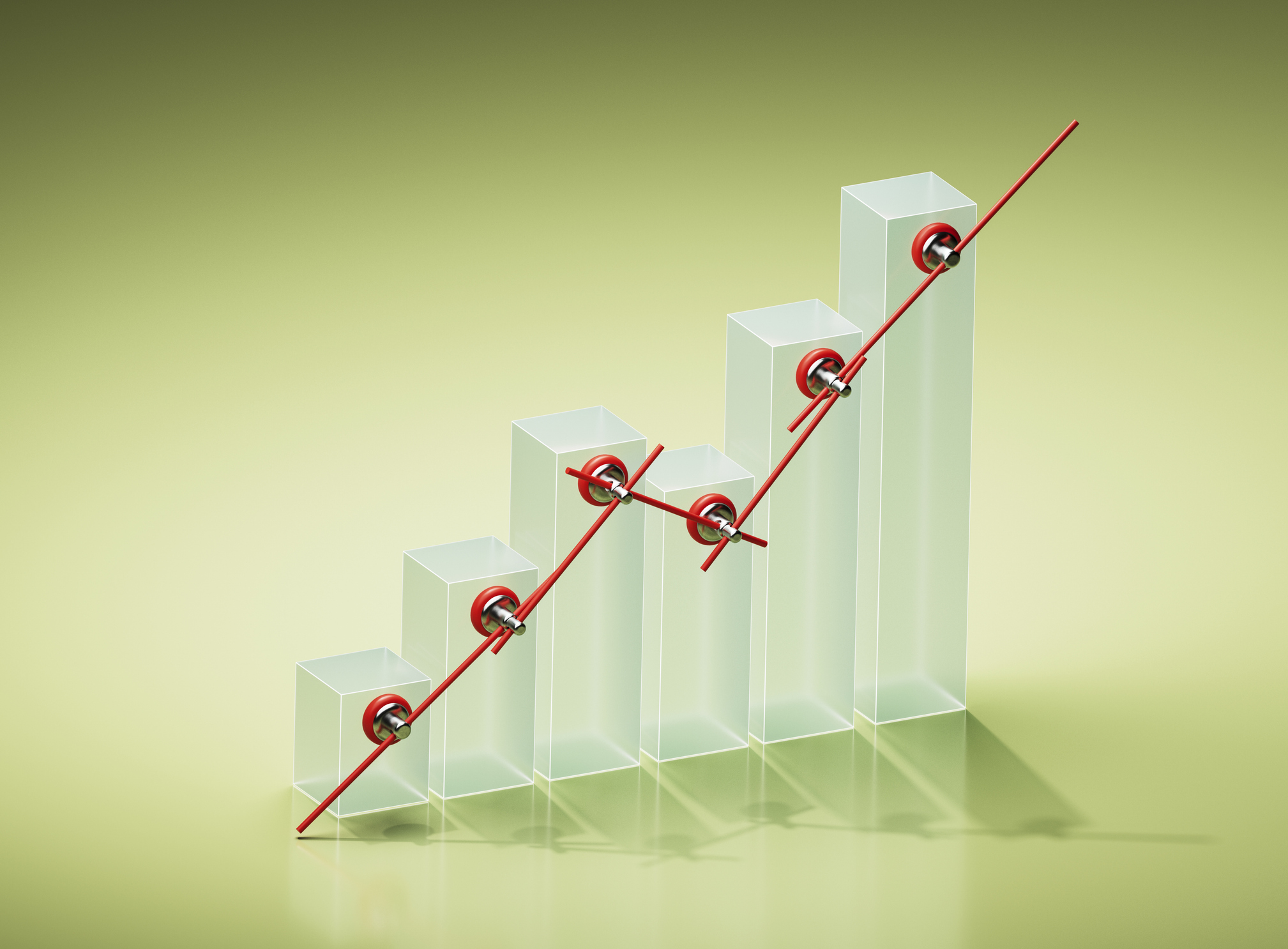 Why You Should Pay Attention to Company Guidance
Why You Should Pay Attention to Company GuidanceUnderstanding how corporate profit forecasts affect analysts’ estimates and stock ratings can help you make investment decisions.